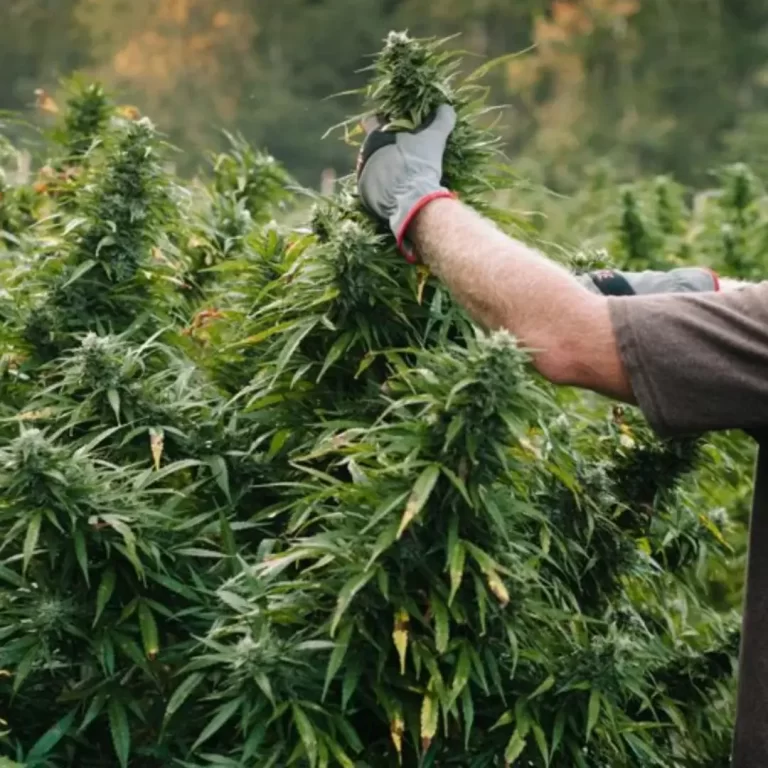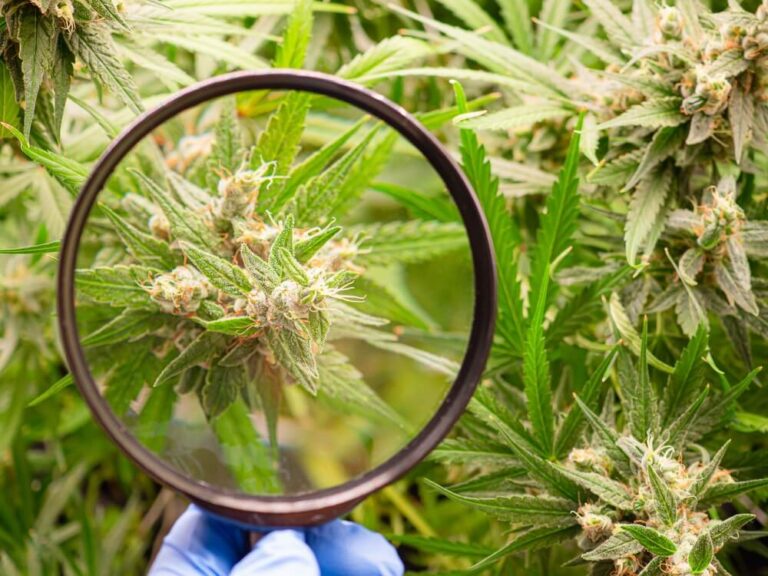
Maryland’s First Legal Weed Haul Totals $87 Million
- Cannabis News
- Cannabutter Digest
Last month was a smashing success for Maryland’s fledgling cannabis market. The state reported an astonishing $87 million in sales this past July, the first full month of legal recreational cannabis sales statewide. This staggering sum speaks volumes about the long-standing desire for legalized cannabis among Marylanders. The rapid surge in consumer interest surpassed most market predictions, solidifying Maryland’s position at the forefront of the national cannabis movement.
Flower, including bud and pre-rolled joints, represented the largest chunk of Maryland’s legal cannabis sales so far, generating a striking $52.6 million in July alone. Concentrates, including highly-popular vape products, were the second-most popular category, followed by edibles. Interestingly, initial reports show more sales of concentrates and edibles closer to the D.C. metropolitan area. This could be because of a higher concentration of government employees looking for a more discreet high.
In the broader marijuana legalization landscape, Maryland’s debut is particularly impressive in relation to other states’ inaugural months of recreational sales. New Jersey and New Mexico, which both boast strong weed markets, generated roughly $24 million and $22 million, respectively, in their first months post-legalization. With around $2.8 million in average daily sales in July, Maryland’s persistent consumer demand hints at the potential for even more impressive figures.
How Does Maryland’s Legalization Rollout Compare with Other States?
The resounding success in Maryland’s early cannabis days contrasts sharply with the rollouts in other states, such as New York and Virginia.
At the start of the cannabis legalization process in both states, weed was legalized for personal use before a clear framework for commercial production or sale was established. This meant that while residents could legally possess and consume cannabis, they didn’t always have regulated vendors to purchase from. Without licensed dispensaries or an efficient regulatory structure, many people turned to alternative sources for cannabis.
“Gray market” vendors cropped up to fill the vacuum and meet consumer demand. These vendors operated under personal possession and gifting laws, often skirting the line of legality. Some offered cannabis as a “gift” accompanying other purchases or used other creative workarounds to circumvent the lack of a legal sales framework. But without regulatory oversight, these gray market practices blurred the distinction between legal personal use and illicit sales, leaving consumers with no assurance of product safety or quality.
On the other hand, Virginia’s relatively seamless transition plan allowed established medical license holders to branch into recreational sales and ensured comprehensive supply chain regulation from day one. The pre-existing infrastructure meant consumers had no second-guessing. They knew where to turn for their cannabis needs, leading to seamless transactions and a fluid introduction.
Economic Impacts of Cannabis Legalization in Maryland
Allowing medical license holders to transition to recreational sales seamlessly gave Maryland’s marijuana market an excellent head start. But the state’s intelligent taxation approach also played a pivotal role in its success.
A modest nine percent tax rate kept prices competitive and prevented pushing consumers toward the black market due to price hikes. This strategic move not only solidified the foundation for legal sales but also played a key role in accumulating valuable tax revenue for the state. In July alone, Maryland’s coffers grew by a healthy $4.61 million, solely from cannabis-related sales and use tax.
Based on the sales figures from July, experts suggest Maryland is poised for a potential financial windfall. If Maryland’s dispensaries continue generating as much monthly revenue as they did in July, the state could exceed $1 billion in sales in its first full year of legalization. This projection seems ever more likely given an expanding consumer base, heightened regulatory protections, and the dynamic evolution of cannabis product offerings.
Equity and Diversity in Maryland’s Cannabis Industry
While Maryland’s legalization rollout has clearly surpassed financial expectations, the state still has work to do to meet its social justice objectives. In 2016, when Maryland issued its first medical marijuana sales licenses, not one Black business leader was approved. And although subsequent rounds of licensing attempted to make up for the oversight, this rocky start created an unequal foundation that hurts minority business owners to this day.
Reports indicate that only half of Maryland’s minority-owned cannabis businesses have received full licensure since 2016. That means those businesses didn’t have the same leg-up as existing medical marijuana vendors, who were allowed to transition almost seamlessly to recreational sales upon legalization. If and when these latecomers get fully licensed, they will then face the uphill battle of contending with numerous established competitors.
Looking forward, Maryland is planning a new round of race-blind licensing, though with a preferential tilt toward applicants from zip codes that suffered most under previous marijuana criminalization laws. This pronounced focus on social equity is meant to level the playing field, allowing minority entrepreneurs an equal shot at success.
The Long Road to Legalization: A Brief History
The journey toward cannabis legalization has been long and winding, punctuated by moments of hope, setbacks, and critical turning points. In the early 20th century, the U.S. viewed cannabis with suspicion. Propaganda like the infamous 1936 film Reefer Madness stigmatized its use, culminating in the 1937 Marijuana Tax Act, which effectively criminalized the plant nationwide.
By the 1970s, the tides began to shift. Social and cultural movements questioned the stringent laws, leading to the decriminalization of cannabis in some states. Medical marijuana emerged as a groundbreaking concept in the 1990s, and California became the first state to legalize medicinal use in 1996. This marked a pivotal shift as the benefits of cannabis for patients with chronic illnesses became more widely acknowledged.
The 21st century saw accelerated momentum. Colorado and Washington set historic precedents in 2012 by becoming the first states to legalize recreational use. Today, numerous states have followed suit by decriminalizing, permitting medicinal use, or fully legalizing cannabis. Despite this progress, challenges persist at the federal and societal levels. The road to acceptance and understanding remains a work in progress, reflecting the complex tapestry of politics, culture, and science.
Bookmark Cannabutter Digest
Whether you’re a seasoned enthusiast or just budding with curiosity, Cannabutter Digest offers a unique blend of insightful articles, groundbreaking product reviews, and mouth-watering recipes. Get a taste of cannabis culture at its finest by bookmarking Cannabutter Digest today.






